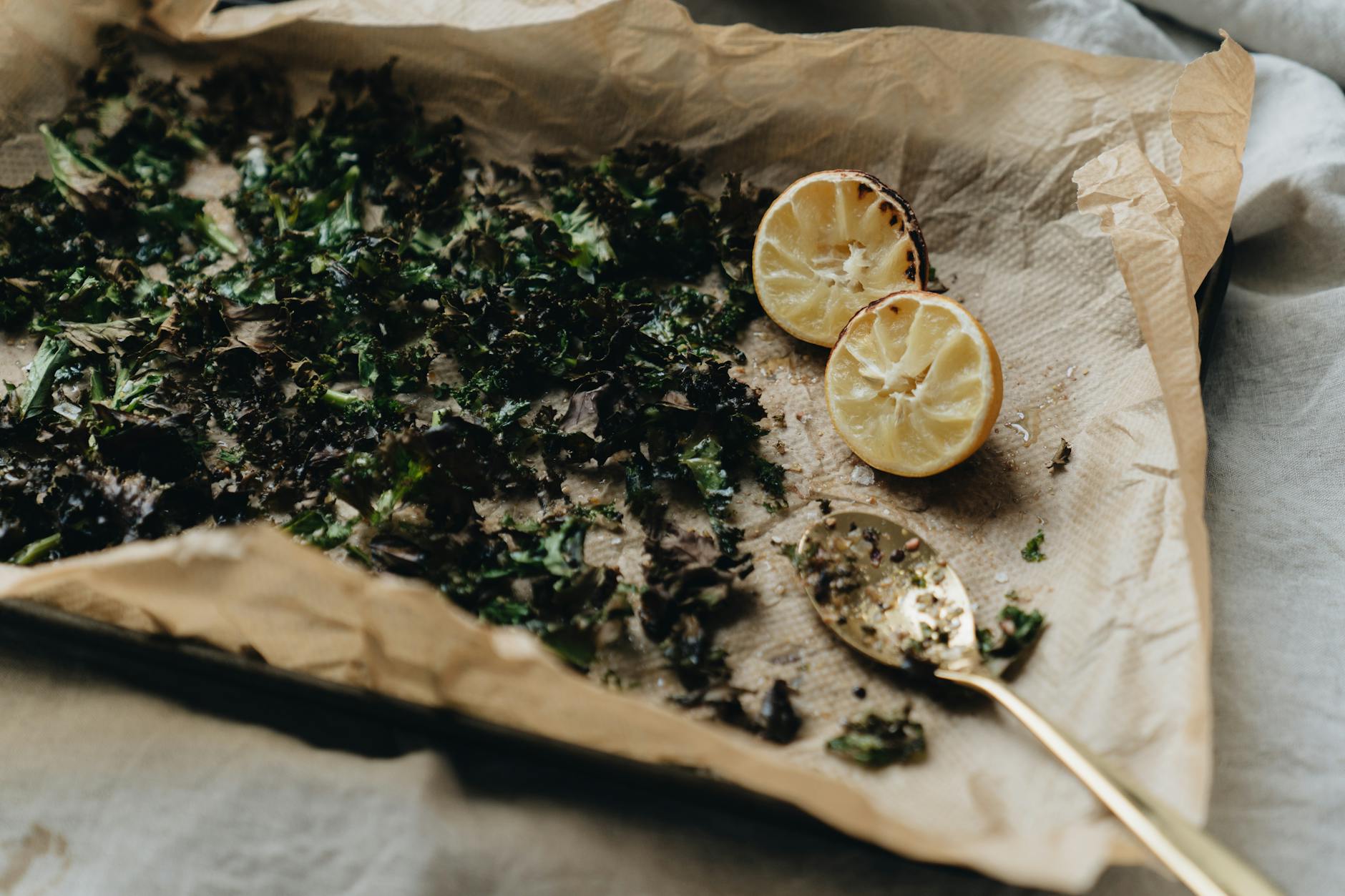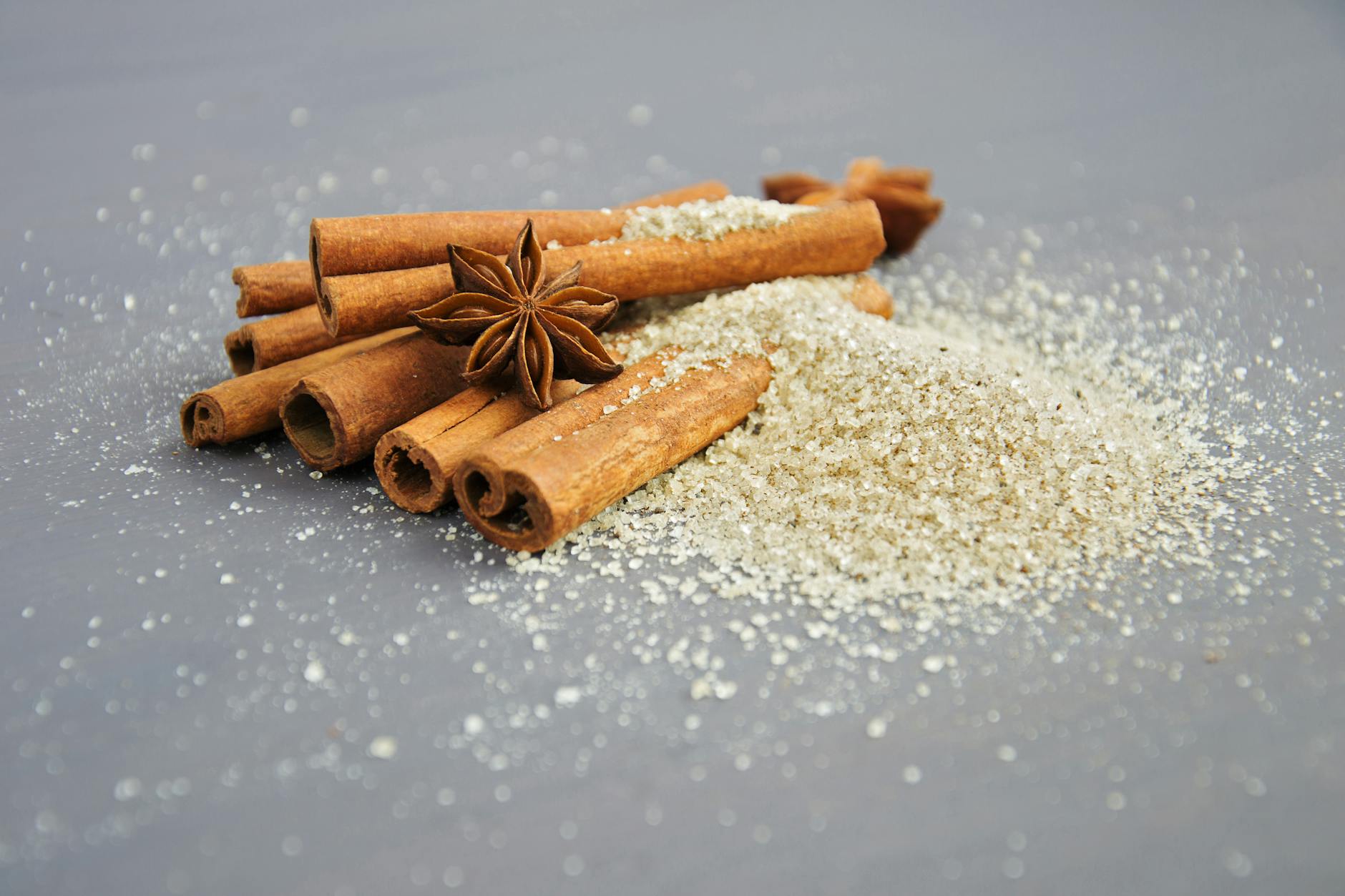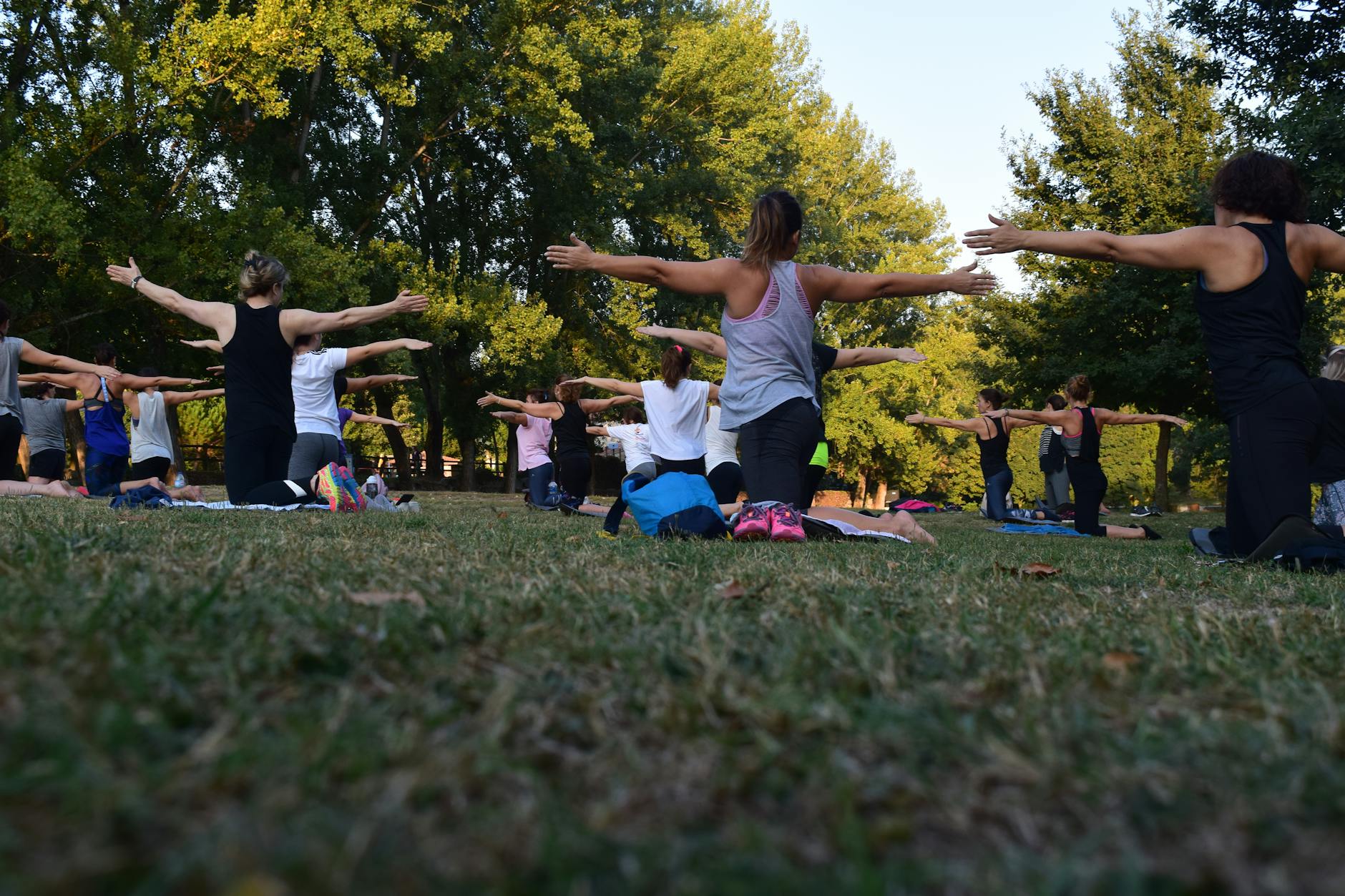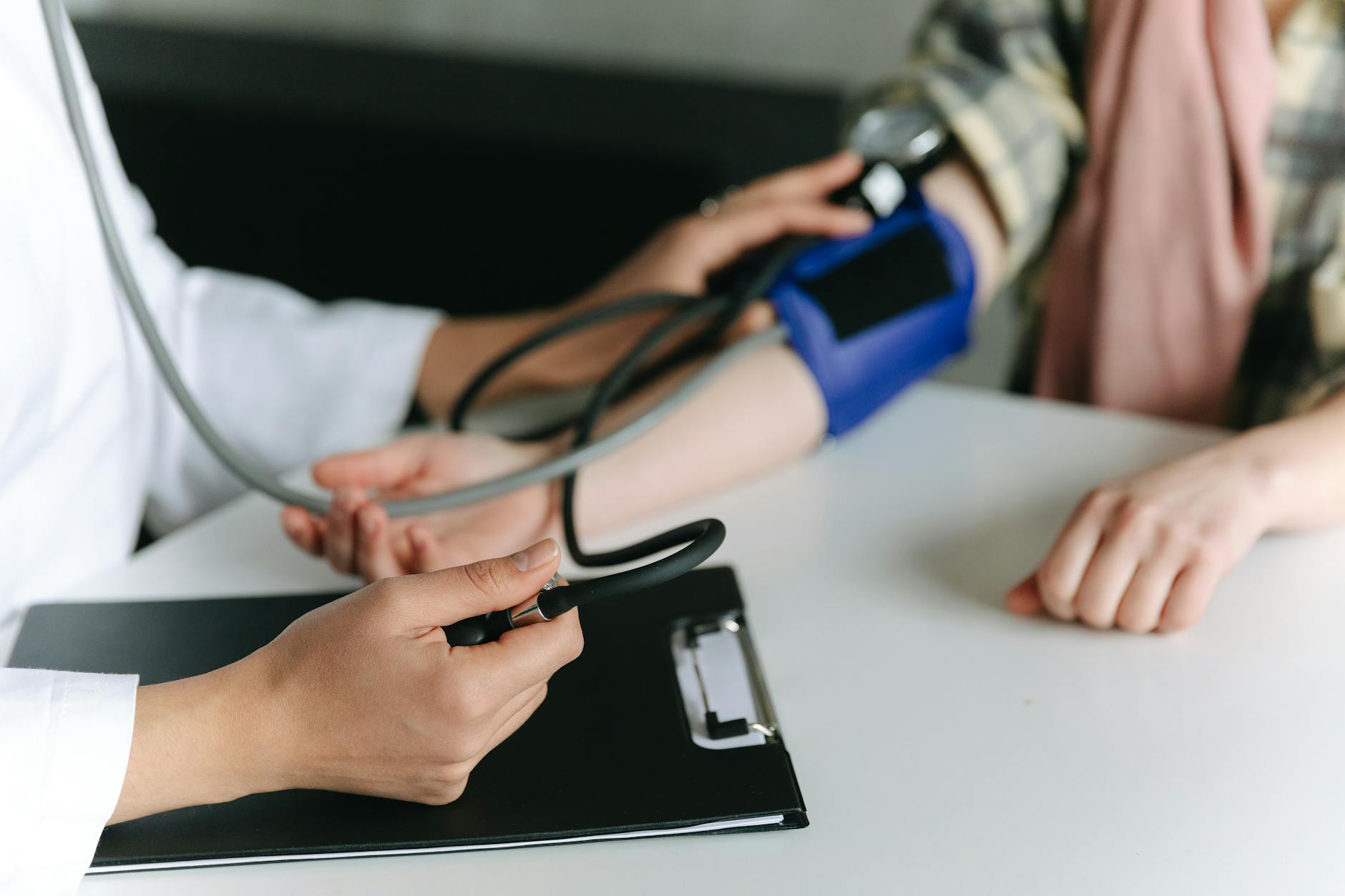
What if the key to lowering blood pressure isn’t just in your medicine cabinet, but on your plate—and even in your daily routine? Nearly half of Americans are living with hypertension, yet only a fraction have it under control. High blood pressure doesn’t just raise your risk for heart disease and stroke; it can quietly damage your kidneys, eyes, and even your brain over time. The good news? Science keeps uncovering new, practical ways to manage blood pressure—many of which are delicious, doable, and even a little bit trendy. From the foods you eat to the way you move and sleep, small changes can make a big impact. Here’s a fresh look at the most effective, evidence-backed strategies for taming hypertension and reclaiming your health—starting today.

1. Power Up With Potassium-Rich Foods
Potassium is the unsung hero in the blood pressure story. Foods high in potassium—like avocados, spinach, dried apricots, and bananas—help the body flush out excess sodium, which is notorious for spiking blood pressure.

A 2023 observational study found that women who ate avocados five or more times a week saw a 17% decrease in hypertension. And it’s not just avocados: leafy greens, beets, and even potatoes (yes, potatoes!) are potassium powerhouses. According to the latest research, boosting your potassium intake can help relax blood vessels and keep your blood pressure in check. Just remember, if you have kidney issues, check with your doctor before loading up on potassium-rich foods.

2. The DASH Diet: A Blueprint for Lower Blood Pressure
If you’re looking for a proven, flexible eating plan, the DASH diet (Dietary Approaches to Stop Hypertension) is a top contender. Created after researchers noticed lower hypertension rates among plant-based eaters, DASH focuses on fruits, veggies, whole grains, and lean proteins—while keeping salt, red meat, and added sugars to a minimum.

The diet recommends no more than 1,500 mg of sodium per day (about 3/4 teaspoon of salt), which can be easily achieved by cutting back on processed foods and choosing whole, fresh ingredients. The benefits go beyond blood pressure: studies show DASH can help with weight loss, lower cholesterol, and even reduce the risk of certain cancers and diabetes. As Healthline reports, “eating more fruits and vegetables can help reduce the chance of developing disease.”

3. Snack Smart: Nuts, Seeds, and Dark Chocolate
Who says healthy eating can’t be a treat? Almonds, pistachios, walnuts, and pumpkin seeds are loaded with minerals like magnesium and potassium, both of which support healthy blood pressure. A 2014 study showed that adding just half a cup of almonds daily improved blood flow and reduced blood pressure. And for chocolate lovers, here’s some sweet news: dark chocolate (the kind rich in flavonoids) has been linked to lower systolic blood pressure. According to a 2021 study, people who enjoyed more flavonoid-rich foods—like dark chocolate, berries, and tea—had the lowest blood pressure readings. The key is moderation: a small square of dark chocolate or a handful of nuts can go a long way.

4. Go Mediterranean With Olive Oil and Fatty Fish
Extra virgin olive oil isn’t just a kitchen staple—it’s a blood pressure superstar. A 2020 study called olive oil “the optimal fat choice in the management protocols for hypertension.” Its polyphenols and healthy fats help lower inflammation and support heart health. Wild salmon and other fatty fish are also packed with omega-3s, which have been shown to reduce blood pressure and inflammation. Research suggests that about 3 grams of omega-3s a day—the amount in a generous serving of salmon—can make a noticeable difference. Not a fan of fish? Chia seeds, flaxseeds, and walnuts are great plant-based alternatives.

5. Embrace Herbs, Spices, and Plant Power
Adding flavor doesn’t have to mean adding salt. Spices like cinnamon, turmeric, ginger, and herbs such as oregano and garlic have all been shown to support healthy blood pressure. A 2021 randomized controlled trial found that 1,500 mg of cinnamon daily for 90 days led to significant reductions in systolic blood pressure. Oregano, meanwhile, is linked to lower blood pressure readings within 24 hours of consumption. Don’t forget berries and pomegranate—these anthocyanin-rich fruits are associated with improved blood vessel function and lower blood pressure, sometimes within just two hours of eating them. It’s proof that eating the rainbow really does pay off.

6. Limit Sodium, Sugar, and Processed Foods
Salt is everywhere, especially in processed and packaged foods. For those with hypertension, keeping sodium intake below 1,500 mg per day is a must. But it’s not just about the salt shaker—watch out for hidden sodium in canned soups, breads, deli meats, and frozen meals. Added sugars are another culprit; sugary drinks, desserts, and candies can all contribute to higher blood pressure. Even moderate alcohol intake has been flagged as a significant risk factor for hypertension. Swapping processed foods for whole, minimally processed options is one of the most effective ways to keep your numbers in check.

7. Move More, Stress Less: The Activity-Sleep Connection
Physical activity isn’t just good for your waistline—it’s a game-changer for blood pressure. Regular movement helps blood vessels stay flexible and reduces pressure on artery walls. But here’s where it gets interesting: recent research found that the combination of regular physical activity and good sleep quality has a super-additive effect on lowering blood pressure variability. In other words, moving more and sleeping better together work even better than either alone. Aim for at least 150 minutes of moderate exercise each week, and don’t underestimate the power of a daily walk.

8. Sleep: The Silent Blood Pressure Regulator
Sleep isn’t just for beauty—it’s essential for blood pressure control. Studies show that getting less than seven hours of quality sleep a night can increase your risk of hypertension by up to 11%. Poor sleep quality, frequent interruptions, or sleep apnea can all lead to higher blood pressure and more variability throughout the day. In a 2024 study, people with the worst sleep and lowest activity levels had double the odds of high blood pressure variability compared to those with optimal habits. Prioritizing sleep hygiene—think consistent bedtimes, limiting screens before bed, and managing stress—can make a real difference.

9. Time Your Exercise for Maximum Benefit
When you exercise may matter almost as much as how much you exercise. A fascinating study found that a morning workout (around 7 am) led to the biggest drops in nighttime blood pressure and the most time spent in restorative deep sleep. Evening exercise also helped, but the benefits were strongest with morning movement. This suggests that syncing your sweat sessions with your body’s natural rhythms could give you an extra edge in managing hypertension.

10. Supplements: Omega-3s, Vitamin D, and CoQ10
While food should be your first stop, certain supplements may offer additional support for blood pressure control. Vitamin D deficiency has been linked to higher hypertension risk, and a 2024 study found that supplementing with vitamin D helped lower blood pressure in older adults with obesity. Omega-3 supplements (especially EPA and DHA from fish oil) have also shown promise, particularly for those who don’t eat much fish. Coenzyme Q10 (CoQ10) is another contender; higher concentrations were linked to greater reductions in systolic blood pressure in a 2022 study. Always check with your healthcare provider before starting any new supplement.

11. The Super-Additive Effect: Sleep and Activity Together
It’s not just about ticking off boxes—combining good sleep with regular physical activity can have a super-additive effect on blood pressure control. A massive international study of over 29,000 adults found that those with both the best sleep and highest activity levels had half the odds of high blood pressure variability compared to those with the worst habits. This means that focusing on both sleep and movement could be the ultimate one-two punch for your heart health.

12. Mind Your Stress
Chronic stress is more than just a mental burden—it can raise your blood pressure and keep it elevated. Elevated stress hormones have been linked to a higher risk of developing hypertension, even years down the line. Simple stress management techniques—like mindfulness, deep breathing, or spending time in nature—can help lower your stress response and support healthier blood pressure. As research in the journal Hypertension found, “individuals with elevated stress hormones were more likely to develop hypertension.”

13. Personalize Your Approach
Not all bodies react the same way to salt, caffeine, or even exercise. Some people are more salt-sensitive due to genetics, and may need to be extra vigilant about sodium intake. Others may metabolize caffeine differently, affecting how much coffee is safe to enjoy. Paying attention to your body’s responses, tracking your blood pressure at home, and working with your healthcare team can help you find the strategies that work best for you.
Lowering blood pressure doesn’t have to mean bland meals or rigid routines. With the right mix of nourishing foods, smart lifestyle tweaks, and a little self-awareness, you can take meaningful steps toward better heart health. The science is clear: what you eat, how you move, and how well you sleep all play a powerful role in keeping your blood pressure in the healthy zone. Start with one or two changes, build from there, and celebrate every small win along the way—your heart will thank you.


